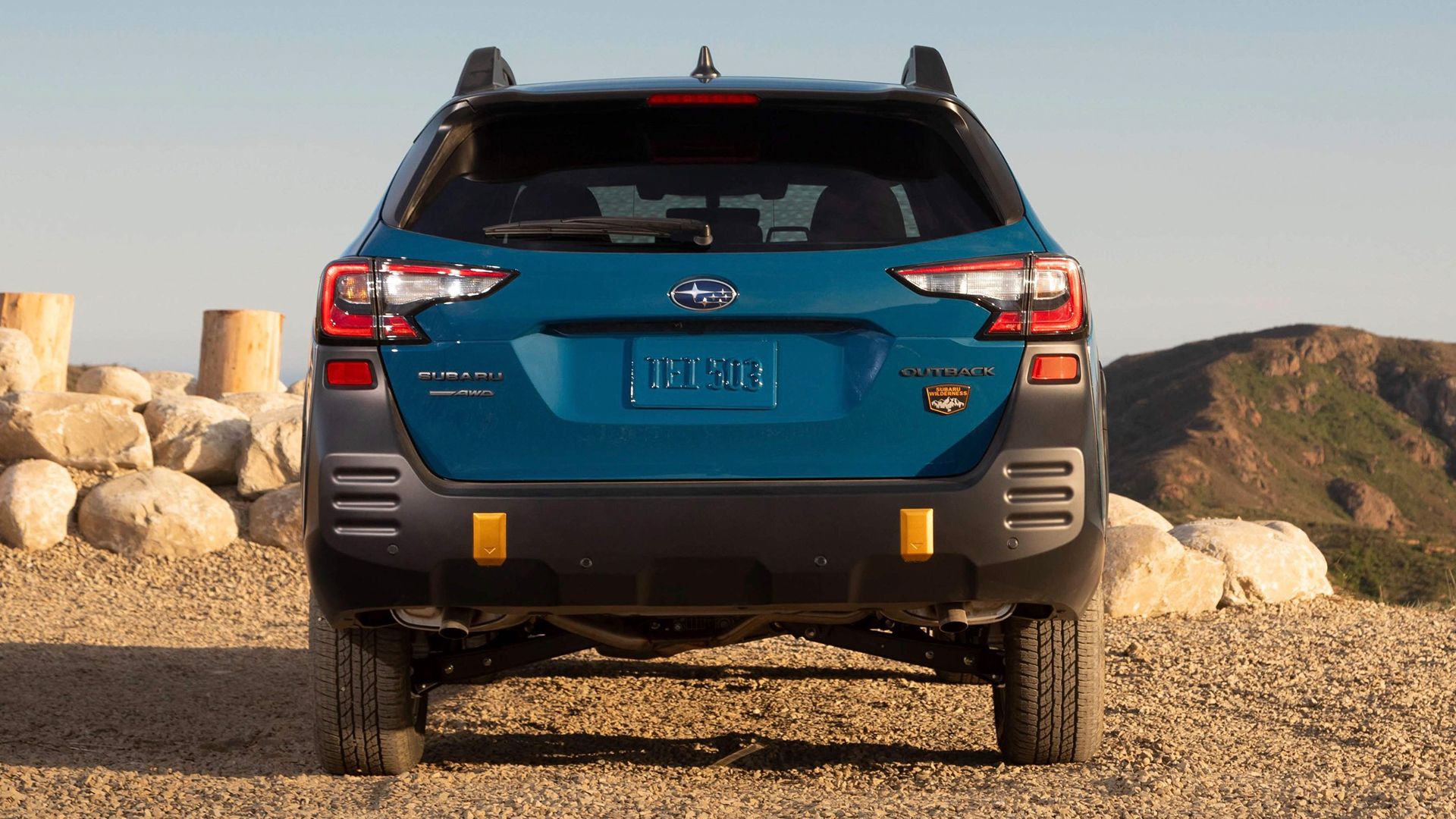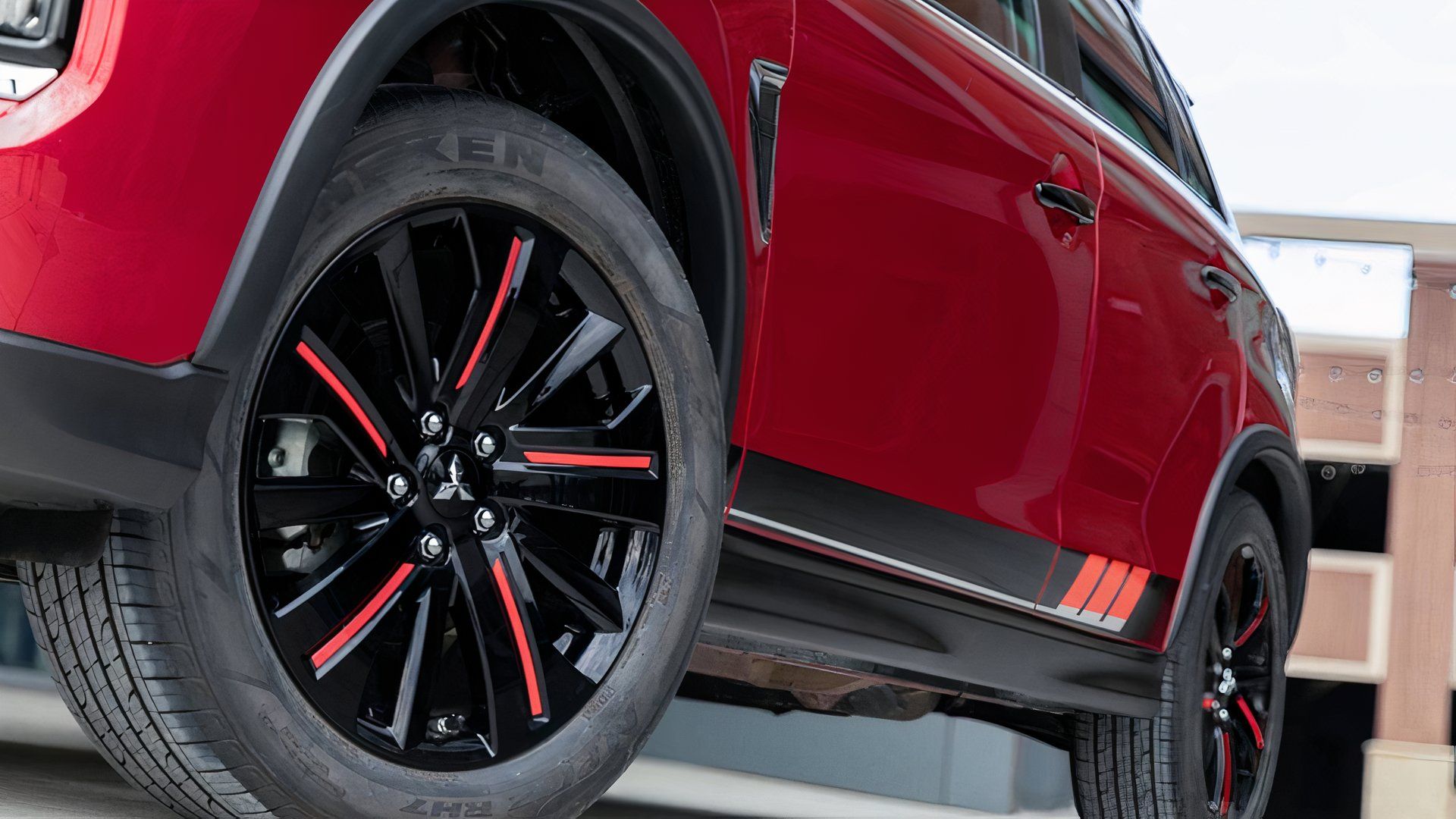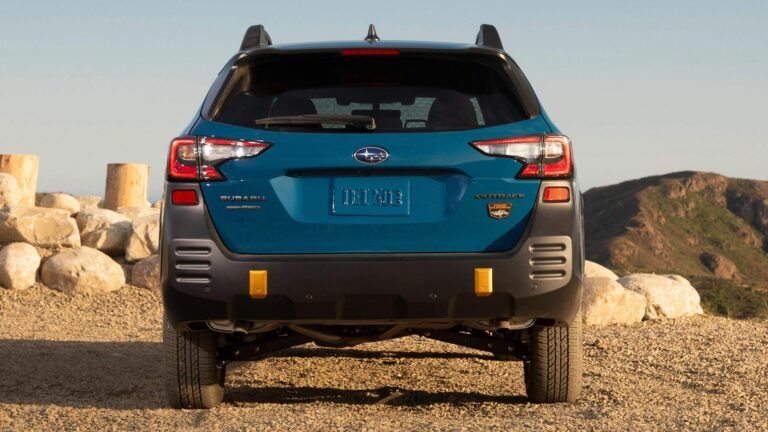The Japanese Luxury Car Landscape
In the late 20th century, Japanese car manufacturers began establishing luxury brands to improve their brand image and attract high-end customers. Honda was the first to market with Acura in 1986, followed by Toyota’s Lexus and Nissan’s Infiniti. However, three Japanese brands – Subaru, Mitsubishi, and Suzuki – never took this route.
Subaru’s Rugged Roots
Subaru has always focused on producing rugged and durable vehicles, prioritizing performance over luxury. Models like the Outback, Impreza, and Forester reflect this approach, with features like all-wheel drive and off-road capabilities. Subaru’s rallying history, including its participation in the World Rally Championship, further illustrates its commitment to building tough machinery.

Mitsubishi’s Luxury Attempts
Mitsubishi has offered luxury models, such as the Diamante, but never established a separate luxury brand. The Diamante, a stretched version of the Galant sedan, failed to gain traction in the luxury market due to its dull design and Mitsubishi’s reputation for producing affordable vehicles.

Suzuki’s Budget Focus
Suzuki has remained true to its budget-friendly roots, producing affordable and dependable vehicles. Models like the Swift, Grand Vitara, and Jimny have been successful in various markets, but Suzuki’s focus on economy cars forced it to pull out of the US market in 2012.
Conclusion
Subaru, Mitsubishi, and Suzuki have maintained their respective brand identities, prioritizing performance, affordability, and practicality over luxury. While other Japanese brands have successfully established luxury divisions, these three have remained committed to their core values and target markets.



